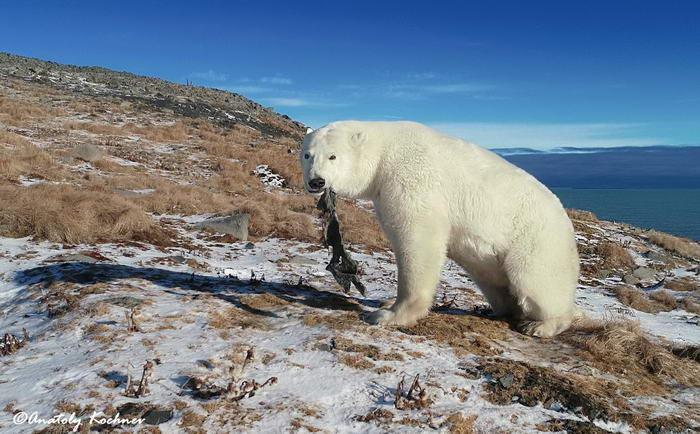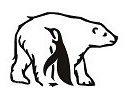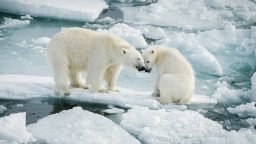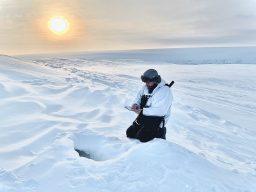
Are the ice coming back?
When the AN-26 landed over the Gulf of Lawrence, it was like I was plunged into youth. As far as the eye could see, the bay was covered with drifting sea ice. I saw such a picture in the waters of the Bering Strait in early September only at the dawn of my life in Chukotka, in the 1980s. And even in those days, this did not happen often.
In the area of Cape Heart-Stone, the ice, although sparse, stood to the horizon. Although, of course, for the Chukchi Sea, this was a common picture for almost the entire last century. However, in the last 30 years, the climate has changed rapidly, and by September, ice almost never lingered in these parts. And suddenly such a surprise! As a well-known politician said, there has never been such a thing and here it is again!
The ice stood off the coast until mid-October. He was pulled by the current to the southeast, then carried by the winds back to the northwest. The strip of ice narrowed, but did not completely disappear. Finally, a powerful October storm broke this ice field, throwing broken pieces of ice floes ashore. But the sea cleared only for a few days, and then the north wind again drove the old ice from Kolyuchinskaya Bay and Wrangel Island. The temperature switched to a steady minus, and in the calm waters of Kenishkhun Bay, lard, sludge, flask and pancake ice began to grow at a record pace.
An extensive ice mass persisted throughout the summer and autumn from the southern shores of Wrangel Island and the Long Strait to Kolyuchinskaya Bay, from where ice fields were constantly carried along the coast of the Chukchi Sea to the waters of the Bering Strait. A common thing for the 1980s, but an unexpected event in modern times. What is it? Has the climatic whirlwind ended, and the Arctic ice is regaining its lost positions in the vast Arctic Ocean?
However, alas … Despite the external similarity of the ice distribution in the Chukchi Sea with the standard of the 20th century, there is actually a fundamental difference. In the 1980s, for example, the ice fields in the Long Strait were part of the general Arctic pack ice array and were supported from the west by the ice of the East Siberian Sea, and from the north the ice surrounded Wrangel Island and went to the North Pole.
And in 2024, both the East Siberian Sea and the vast water area north of Wrangel Island were completely free of ice. The ice plug in the western part of the Chukchi Sea was isolated from the rest of the Arctic ice and survived only because in early summer, oncoming currents created conditions for the stratification of annual ice, their thickness increased sharply in a limited area, and they simply did not have time to melt.
And on the scale of the entire Arctic, our Chukotomor ice has changed little, and the ice area in 2024 remains among the ten smallest in the last 50 years.
In the photo, Kenishkhun Bay in September this year. In the foreground are the rocks of Cape Yayakyn, in the background is Cape Heart-Stone. If you look closely, you can make out the hut where my former student and now full-fledged colleague Maxim and I spent this autumn.
From an old one. Current post-New Year’s

Nibbling on last year’s olivier piece of walrus skin…
From an old one. Stop the occupation of Alaska by musk oxen!!!

What kind of petitions are there! It is somehow customary for us to rejoice in the introduction and reintroduction of ungulates. Many biologists, conservationists and officials build their scientific and official careers on this. This is especially true for musk oxen. But in Alaska, the indigenous people are dissatisfied with the bred musk oxen and population management measures!
Musk oxen break and spoil the infrastructure and property of the population, trample ancestral cemeteries, trample dogs, and recently gored to death a policeman in Nome. They even built a petition against musk oxen!
Stop the gross mismanagement of muskoxen in rural AlaskaApparently, the “good old” poaching skills were completely lost there 🙂 Although the environmental legislation there is not as strict in relation to the indigenous population as in Russia. In general, you will need to keep an eye on what is happening. Who’s who? Eskimos of musk oxen or musk oxen of Eskimos?
By Anatoly Kochnev


